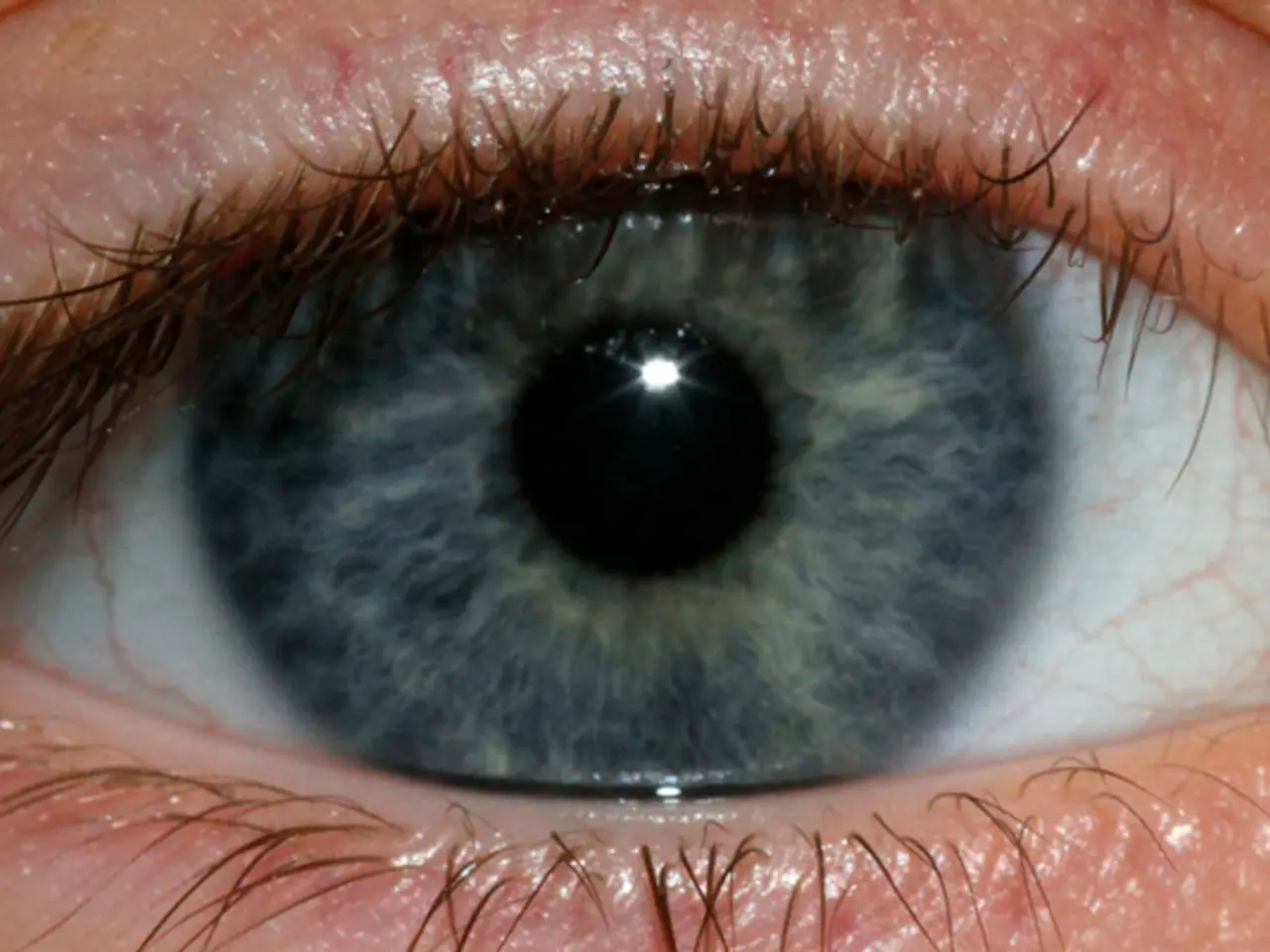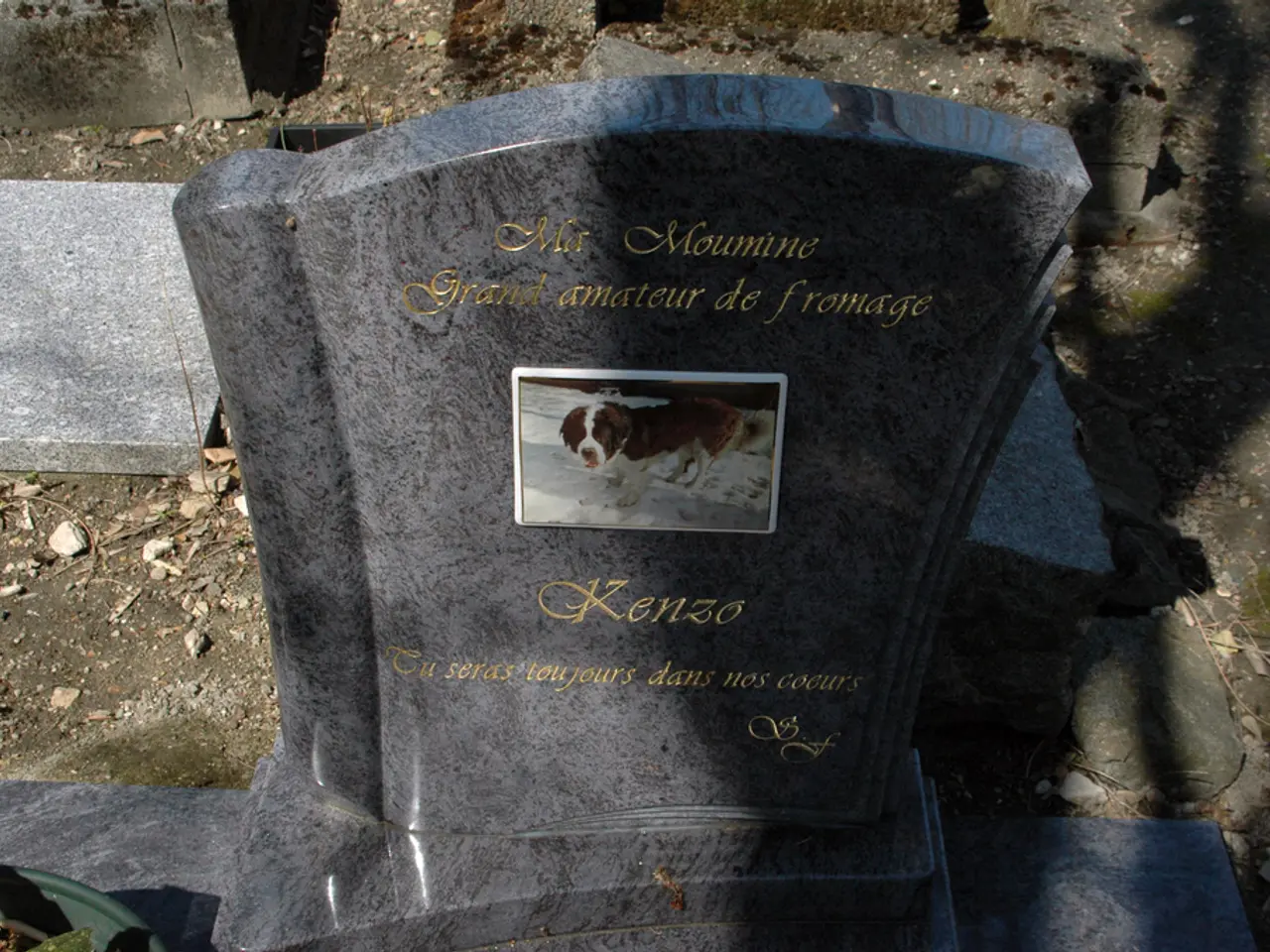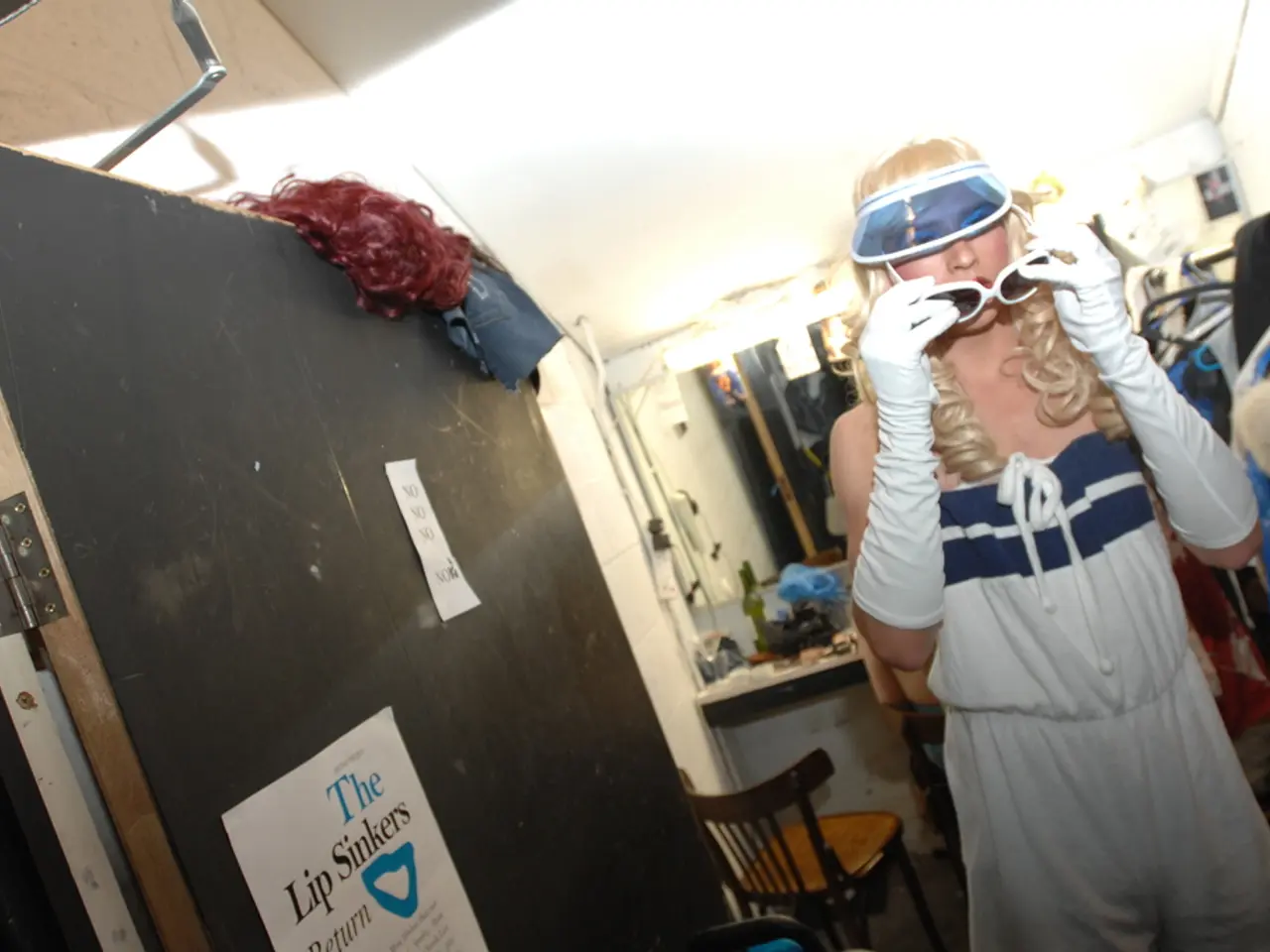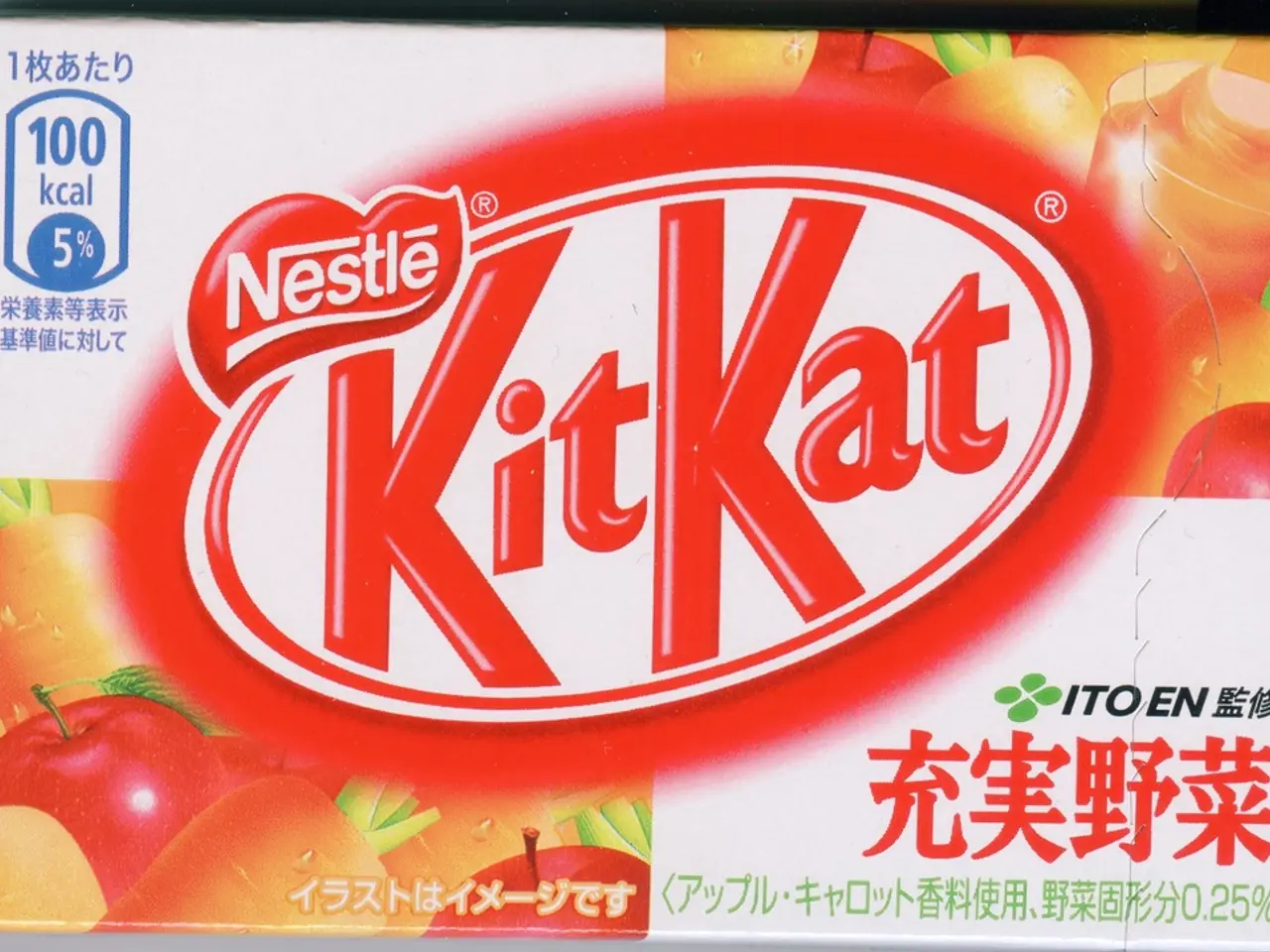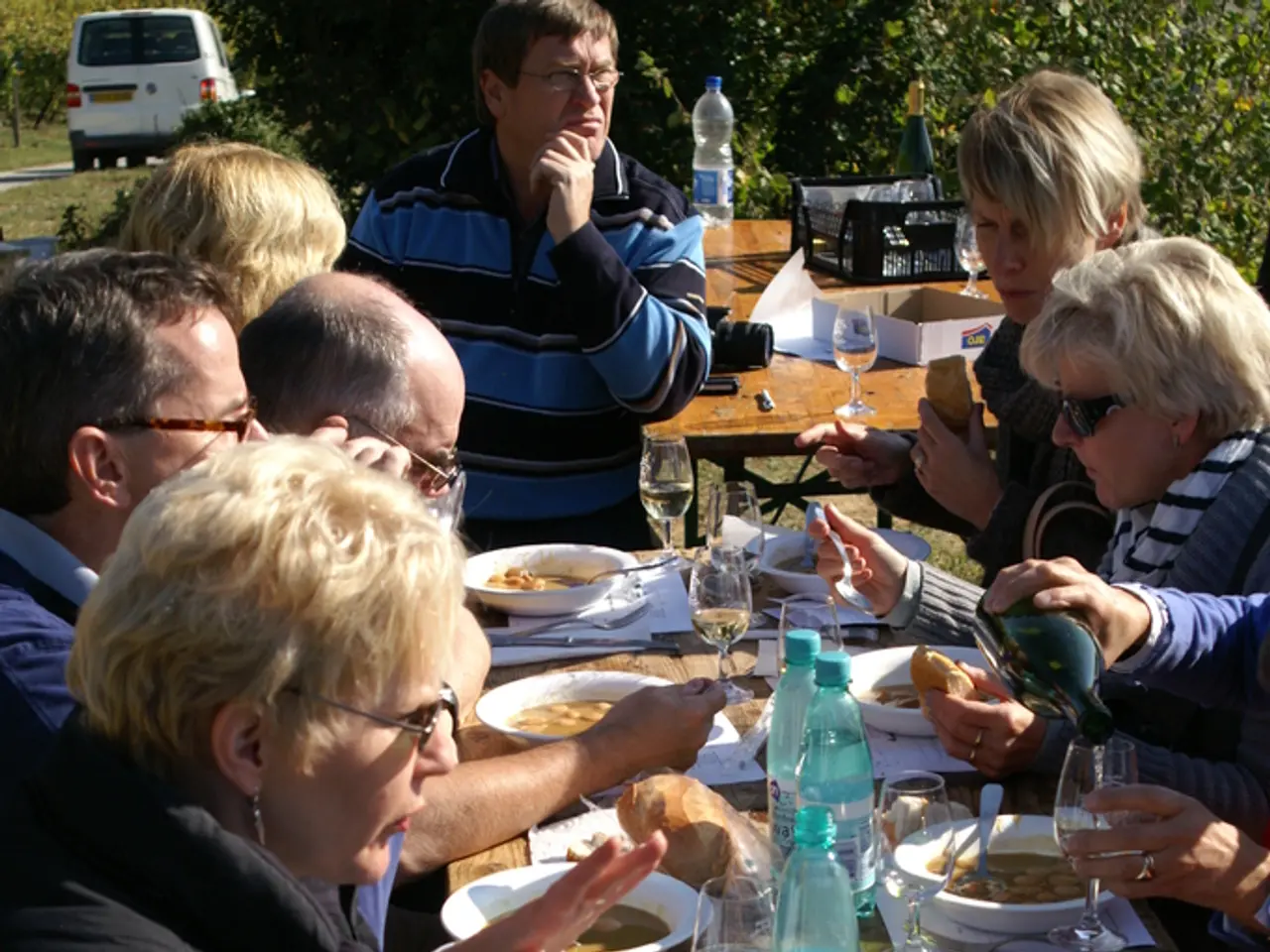Memories' authenticity mirrored in the reflections of your eyes
In the intriguing world of memory research, a groundbreaking discovery has been made – the correlation between pupil dilation and memory precision. This finding, which has been documented in laboratory settings, could pave the way for more objective memory assessment methods and a host of practical applications.
Pupil dilation, it seems, is not subject to conscious control, social pressure, or self-deception, making it a reliable indicator of memory accuracy. The size of the pupils changes to reflect phasic arousal and cortical activity that underpin memory processing and cognitive effort.
Researchers from the Budapest University of Technology and Economics have discovered that pupil dilation specifically reflects the precision and clarity of memories. In their study, they captured the difference between complete strangers, vague acquaintances, and close friends in memory recall, with the strongest pupil dilation occurring for the most precise memories.
This discovery represents a promising first step toward more objective memory assessment. However, many questions remain about its accuracy, refinement, and potential combination with other physiological measures. Scientists are now working to determine precisely how accurate pupil dilation is across different types of memories and how individual differences might affect results.
The implications of this discovery extend to various real-world applications. For instance, pupil dilation could be used as a diagnostic and monitoring tool for cognitive impairment and neurodegenerative diseases, serving as non-invasive biomarkers of memory and cognitive health. Furthermore, it could enhance cognitive training or rehabilitation by tracking pupil dilation to measure memory engagement and adjust difficulty dynamically.
In the realm of human-computer interaction, adaptive learning systems could use pupil size to infer cognitive load and memory clarity, allowing personalized content delivery based on real-time cognitive state. Performance monitoring in contexts requiring precise memory recall under stress or multitasking, such as in aviation or complex decision-making, could also benefit from this technology.
As we delve deeper into understanding the spectrum of memory quality, from vague familiarity to crystal-clear recall, the future of memory assessment lies in developing objective ways to measure where on that spectrum a particular memory falls. Be skeptical of your own memory confidence, understand that disagreements about past events don't necessarily mean someone is lying, and create external memory records in important situations.
One significant advantage of pupil measurement is its non-invasiveness, relative inexpensiveness, and methodological simplicity compared to brain scanning techniques like MRI or EEG. This makes it an attractive option for practical applications.
In the quest to understand the mysterious workings of human memory, our pupils might be telling a story our words aren't. As research continues, we may find that our eyes have been providing clues all along.
Technology could leverage pupil dilation to develop more objective memory assessment methods in various fields, such as health-and-wellness and mental-health. This could lead to using pupil dilation as a diagnostic tool for cognitive impairment, neurodegenerative diseases, and even enhancing cognitive training or rehabilitation. Additionally, advancements in technology may enable adaptive learning systems to infer cognitive load and memory clarity based on pupil size, leading to personalized content delivery systems.
